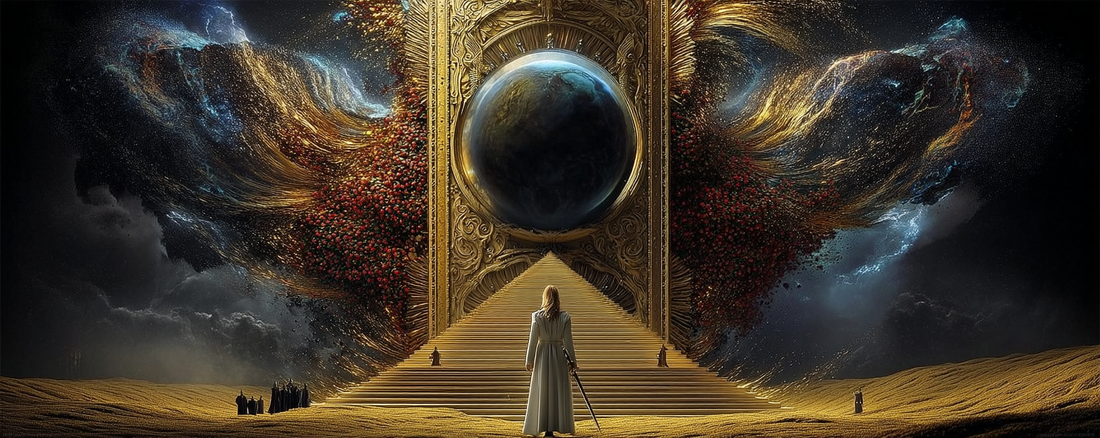
Art as a Living Memory
Share
There is a kind of memory within us that words cannot reach. A memory older than our recollections, deeper than the story we tell about ourselves. It is the memory of being, of emotions long gone, of gestures lost to time, of moments unwritten in books, yet still pulsing quietly in the invisible layers of the soul. Art, since the beginning of humanity, has been the voice through which this living memory sought expression.
In every line of charcoal traced on a cave wall, in every thread of clay shaped by trembling anonymous hands, in every verse whispered under the moon or melody born from an unseen wound, this memory has hidden itself. Art doesn’t merely preserve images or sounds; it captures states of being. It holds the invisible vibration of an era, of a soul, of an irreproducible gesture. And not only does it preserve them — it makes them accessible beyond the limits of time.
We look today at a sculpture thousands of years old and feel, despite the distance, the touch of the hands that shaped it. We listen to a piece of music composed in another age and find within it fragments of our own unrest. It is proof that art is never just an object — it is a vehicle of subtle, affective memory. It transmits what cannot be told. What cannot be explained. What can only be felt.
In the digital age, many feared this memory would be lost. That art born from algorithms, from mathematical combinations, from virtual spaces, would no longer carry the human imprint. And yet, what we’ve discovered is that even in the coldest digital constructs, a fragment of memory finds its way in. Because it is never the algorithm that is the true author, but the human being who programs it, who gives it a field of expression, who decides what deserves to be brought into visibility. Thus, even in generative art, memory becomes alive. Not because the image reproduces a past event, but because it triggers in the viewer that universal memory, that archetypal state we all carry within.
I recently watched a series of AI-generated images. There was nothing recognizable, nothing concrete, nothing of the world I know. And yet those abstract forms stirred strange sensations, memories I never lived, but somehow recognized. It is proof that memory isn’t tied to events alone, but to states of being. And art — in all its forms — has this astounding ability to reactivate affective memory, forgotten memory, the subtle memory of being.
Art is a living archive. Not a collection of objects, but a collection of states that each generation can access differently. Ancient paintings speak to us today in other ways than they did five hundred years ago. Centuries-old poems awaken longings in us unknown to those who first wrote them. And digital images, no matter how technologized, still speak of the unease, the fragility, and the dream of this age. Art remains the most subtle and profound way of preserving humanity’s unseen memory.
And perhaps this is precisely why we need it. In a world obsessed with immediacy, with the instant, with what is visibly quantifiable, art remains a space where time no longer matters. Where memory isn’t a chronology, but a pure state. A place where you can meet fragments of what you were, and of what you didn’t even know you carry inside. Digital art doesn’t sever this tradition — it continues it. It is merely another form of the same ancestral gesture: the refusal to let memory die.
